Amanda Clark and her husband Stephen are the owners of Seend Manor in Wiltshire, England. The spectacular gardens within Seend Manor’s 28-acre grounds were designed by Julian and Isabel Bannerman, who have worked with clients including John Paul Getty and the Prince of Wales.
The couple bought Seend Manor, their first home in the English countryside, in 1998. The renovation required on its house and grounds – including the one-and-a-half-acre walled garden to the side of the manor – was substantial. Since Amanda and Stephen spend a lot of time traveling the world, they decided to design the garden with geographical themes. “England; Africa, because Stephen was born and grew up in Kenya, and lived in South Africa; Italy, simply because we love it and have had many happy holidays there; and China,”said Amanda.
The Clarks divide their time between England and Hong Kong. Stephen is a founder and managing director of the Anglo Chinese Group, an investment and corporate advisory company, and Amanda, who grew up in Hong Kong, is a director of Altfield Gallery. Established in 1982 by Amanda and David Halperin – a Harvard educated American lawyer – Altfield Gallery is one of Hong Kong’s leading dealers in fine antique Chinese furniture, Southeast Asian sculpture, and decorative works of art.
I am delighted to welcome Amanda Clark to The Glam Pad for a Q&A, and for a glimpse inside her beautifully decorated home and landscaped gardens with images via her Instagram account.
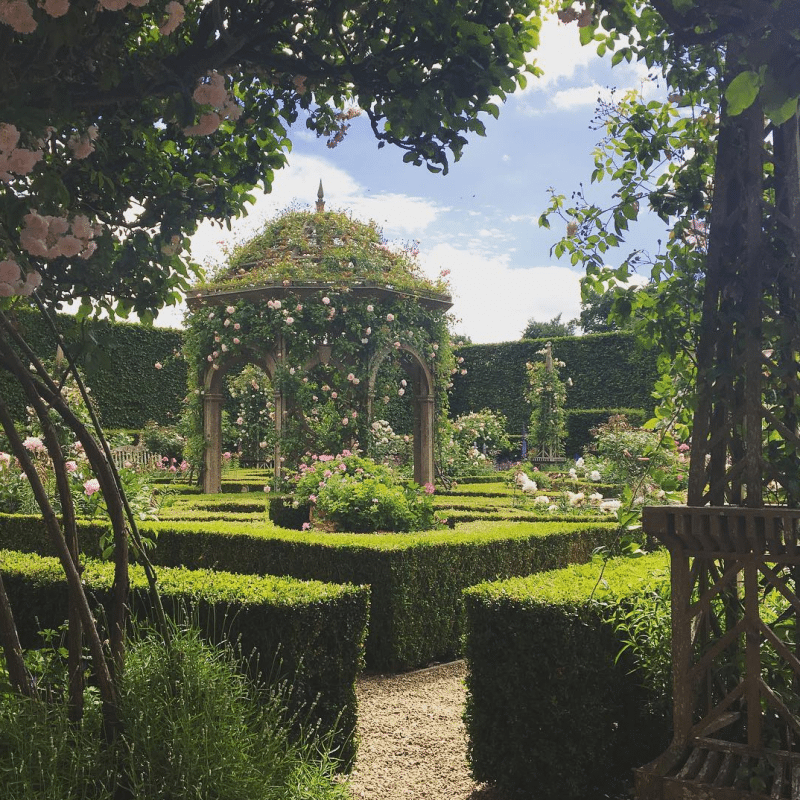
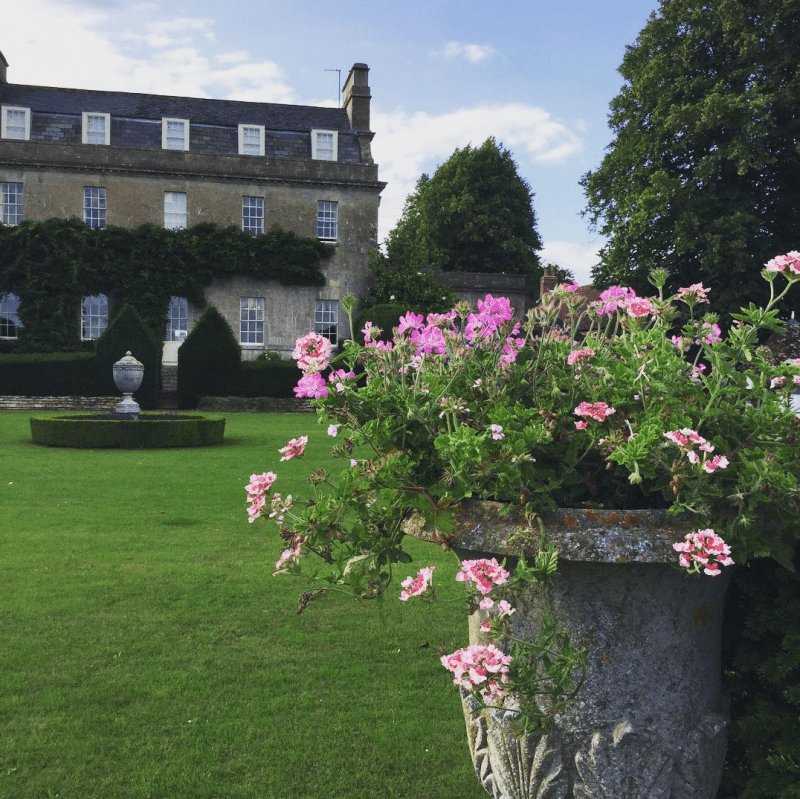
Q: How did your love for antiques begin and subsequently evolve into Altfield Gallery & Interiors HK?
A: I grew up in HK where my father was part of the Colonial Civil Service, and actually am the fourth generation of my family to have some strong connections with HK. My mother was born here while her father worked here, and my grandmother also spent time here as a youngster when her father was posted here with the Royal Navy. Not unusual in the British Empire days as many families had strong attachments to the East, or India, or Africa! Anyway, aside from boarding school and university studies in England, I spent my earliest years and then holidays here in HK. My mother was an incredibly elegant woman and I credit her for making a marvelously stylish home and as both she and my father had a very keen interest in art and antiques, much of my childhood was spent searching around antique shops and markets, visiting museums and going to lectures and exhibitions. I thank them daily for the fact that they passed on that interest and inspired me to be open to the different aesthetics and traditional skills around the world.
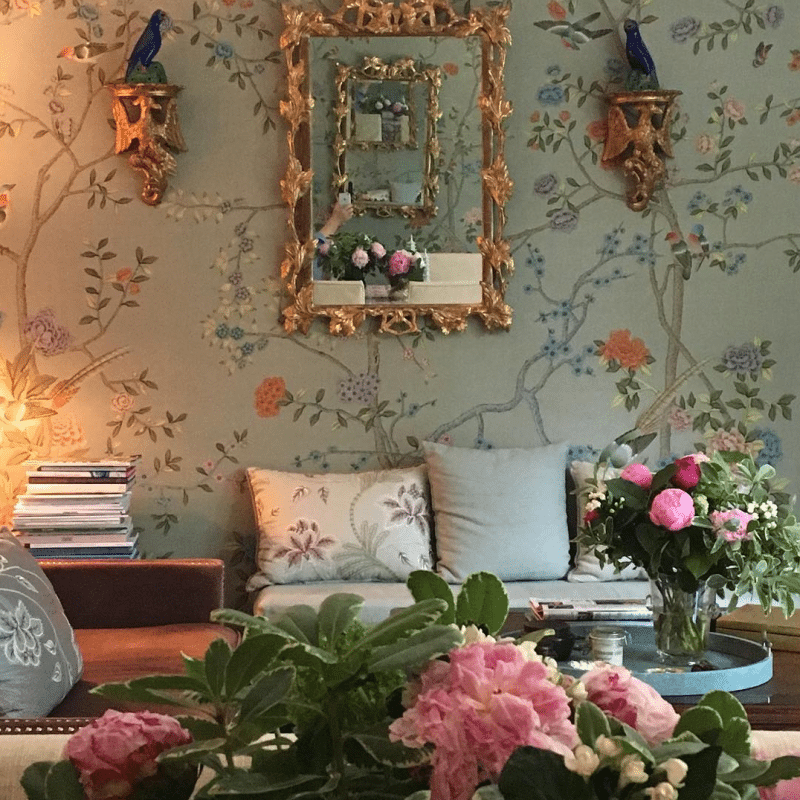
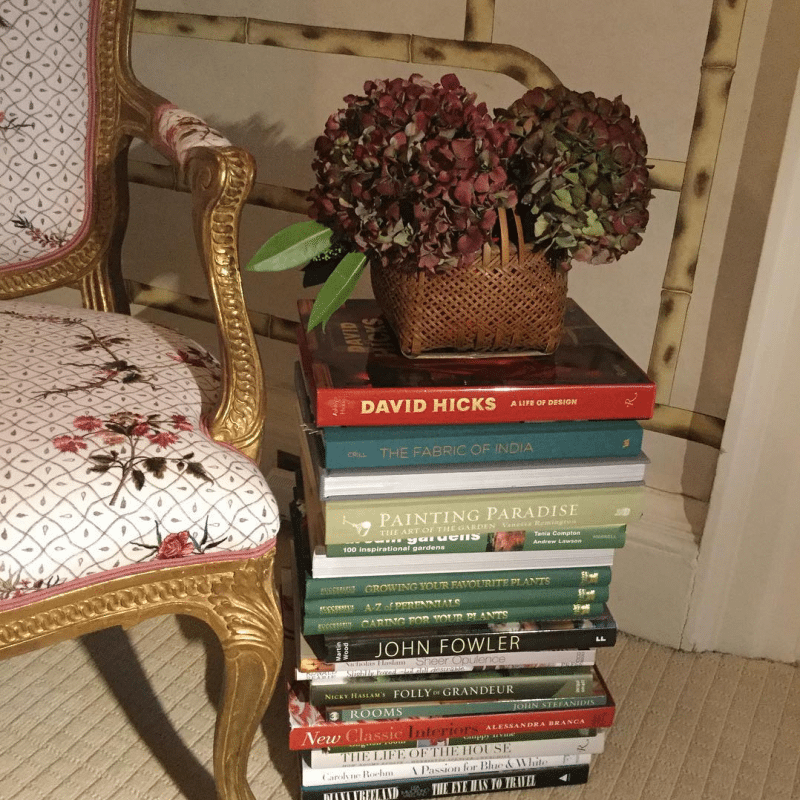
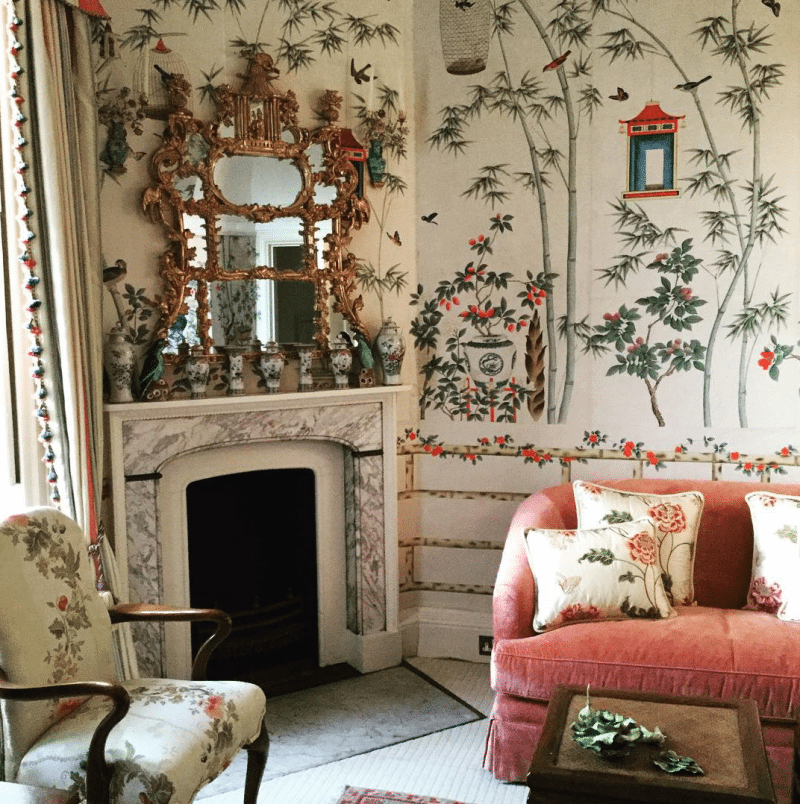
Q: Please tell me how your career in interior design began, and how do you incorporate it within your business today?
A: Crazily I had been encouraged to do sciences at school and obtained a BSc in Psychology. It was when I left university and was free to pursue my own passions that I realized that I simply had to have real creativity in my life – and only then did I realise that you could earn a living working in design. I met as many people in the industry that I could and they all advised that I should try to get a job, any job, in a design firm to see what was really involved and see if the fit was right, rather than immediately go off and do another degree. I am not sure that is the advice I would give someone today when so much technical work is demanded and the IT part of the business had become so complex but it worked for me back then. I joined a boutique design firm in Mayfair, London and as it was small I was swept up into every aspect of the business. It was the perfect education as I became involved in the business and logistical parts of the business as well as the creative parts. I am so grateful for that time. We focused on huge high-end residential projects, mainly for foreigners and so it was a wonderful opportunity. After a couple of years, when it was time to move on, I went out to HK for a brief summer holiday to see it for the last time, but ended up meeting my business partner David [an American lawyer] and staying to set up Altfield Interiors, and our antique and art gallery Altfield Gallery… I met my husband Stephen here, and here I am 30 years later! By the way Stephen was also a Colonial child, growing up in Kenya, we are the last generation to be such… Although he is in corporate finance, he is an extraordinarily talented artist who draws like a dream and studied fine art at university, only later going on to business school, so we have a great shared love of art and design. His great collecting passion is old master drawings as they express the real ‘hand’ of the artist, so in all our homes, the walls are basically his [and he would add the gutters, roof etc] while the rest is mine…I think we make a good combination!
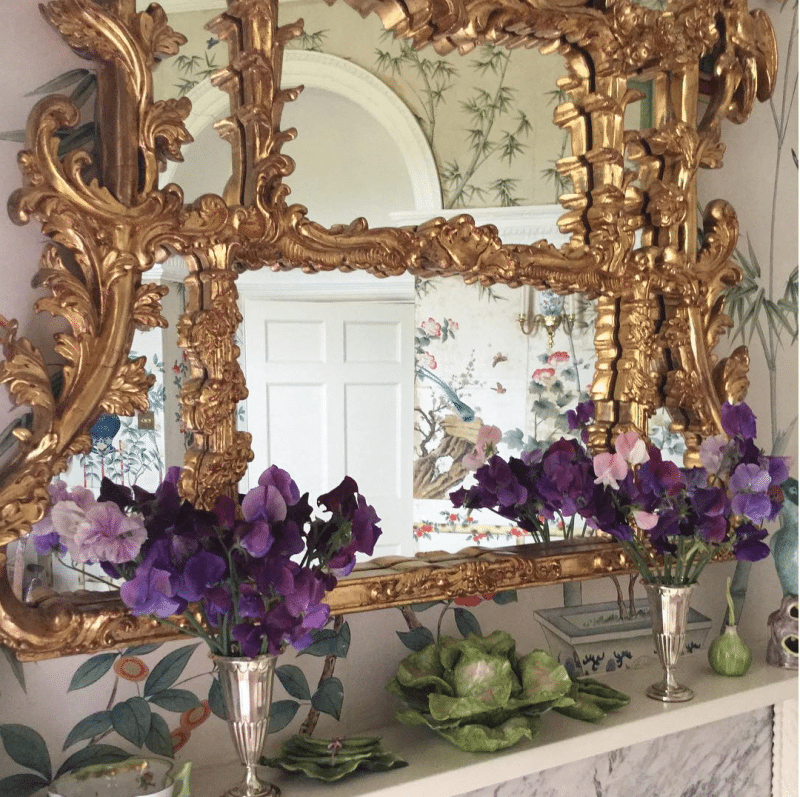
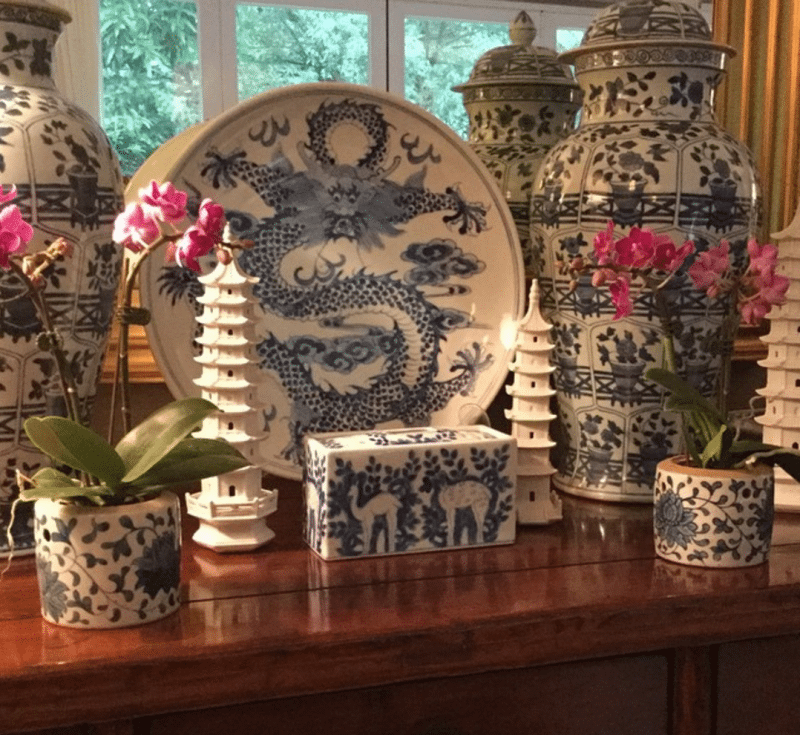
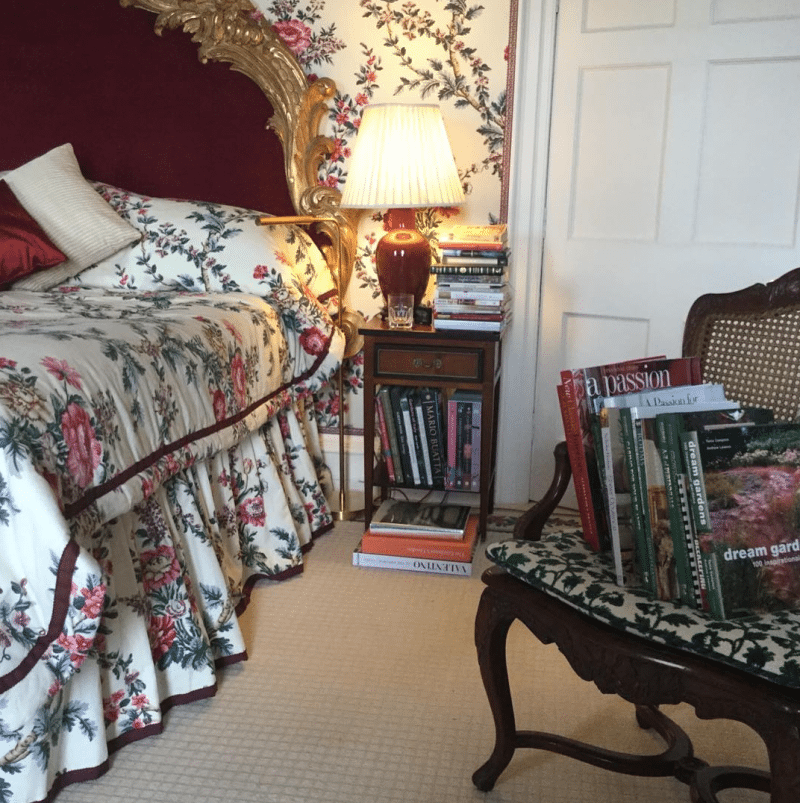
Q: How does splitting your time between Hong Kong and England inspire you and your work?
A: Hong Kong is rather like New York in Asia. Everything is quick and focused and there is a very strong work ethic and buzz of activity all the time. Wonderful for work and it means everything happens at a fast rate. A normal working day for me is 9-7 when here, so I am finding that as I get older I need more periods of calm! So the regular visits back to England to live in our Georgian manor house in the middle of the countryside allows for the recharging of batteries. I need the two worlds to be creative and balanced and feel very blessed that at this time in my career I have a wonderful team to support me and allow this to happen. We usually have four periods back in England – Easter/Spring, Summer, Autumn and Xmas/Winter so we have a part of all the four seasons which is incredibly fortunate.
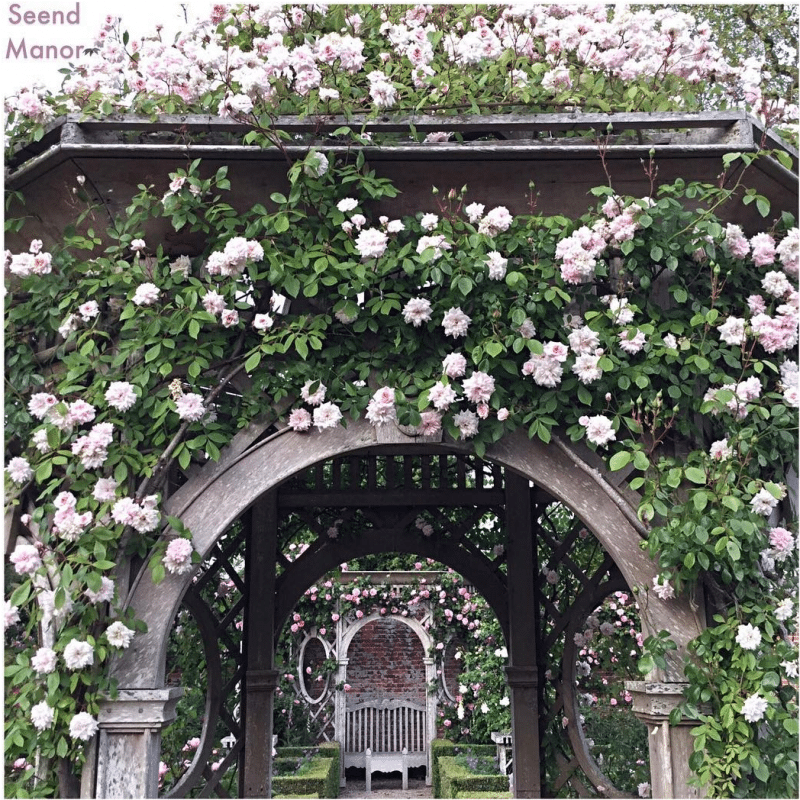
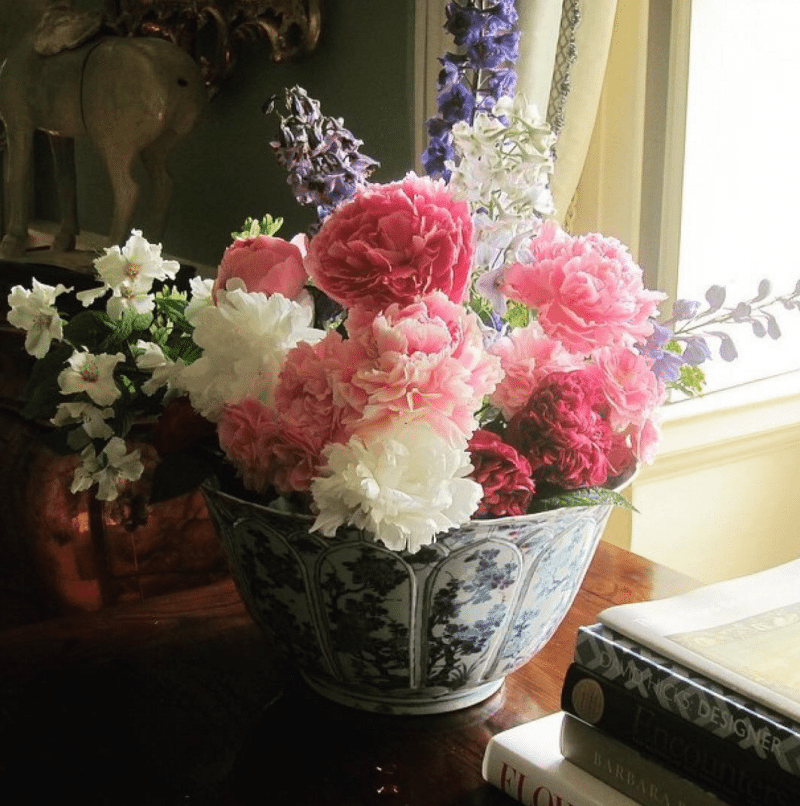
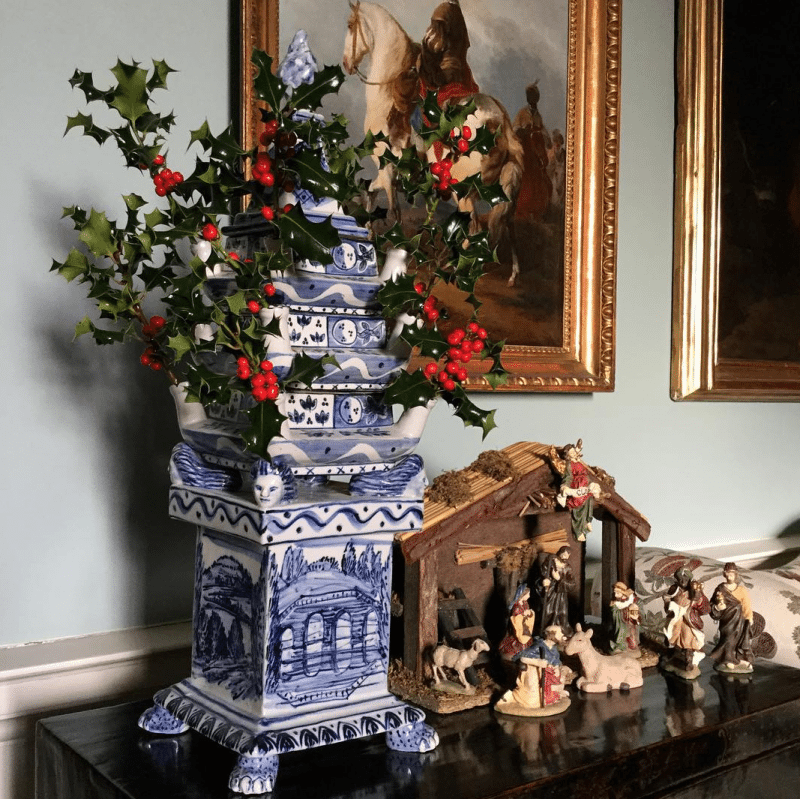
Q: Your garden at Seend Manor is positively divine. I would love to hear more about the it and about life in the English countryside.
A: The garden at Seend Manor has been a shared passion between my husband Stephen and me. We bought the house 19 years ago and worked with the fabulous garden designers Isabel & Julian Bannerman over a period of 5 or 6 years crafting the space in the one and half acre walled garden. One of the most important things we learned with the Bannerman’s was the importance of height and scale – we were very brave! When they laid out the parterre in the “English” quadrant of the walled garden we realized we needed to be brave with the height of our supporting trellis work for example and in the end Stephen designed the 12 foot trellis obelisks, gazebo and arbors – all of which have almost 4 feet underground to ensure they don’t rock in the wind. A designer friend living in Thailand helped to have them made of teak at a Thai workshop and two containers finally arrived….. as a result you walk around looking up at the roses and clematis and there is a joyous exuberance which a normal 6 foot obelisk would not give! The other important tip for anyone creating a garden by the way would be to ensure that you put seating in every section. If you have seats, you linger, sit, look, have a coffee or a drink at night and you use every part of the space. If you don’t have somewhere to sit you simply walk through!
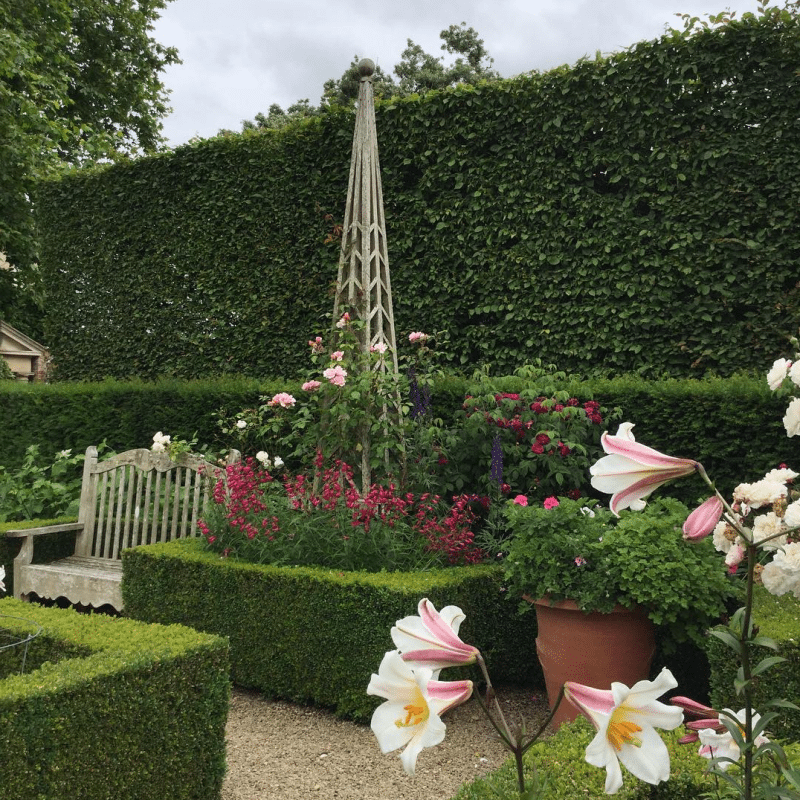
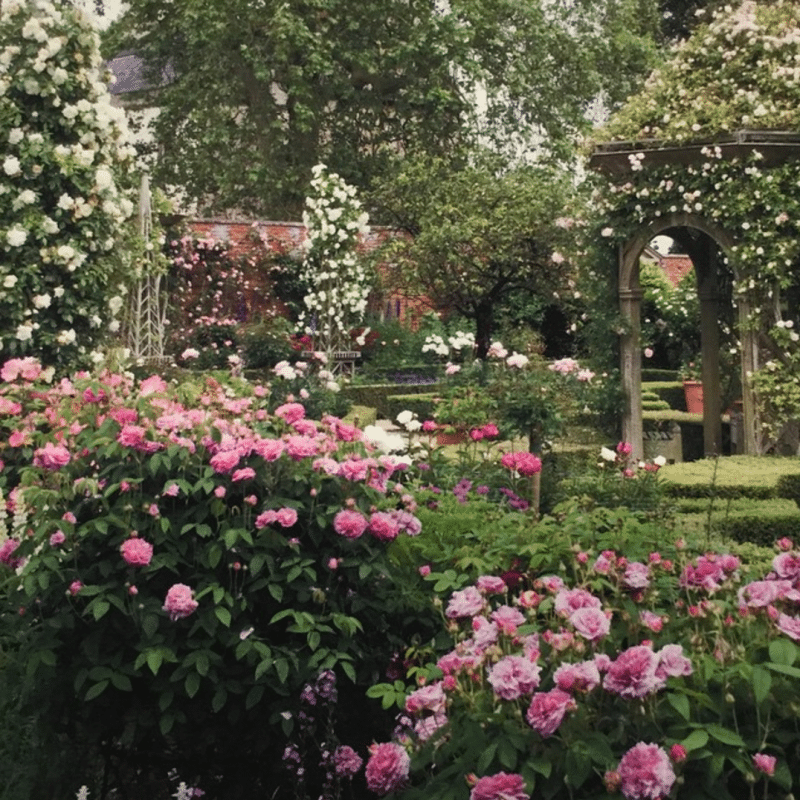
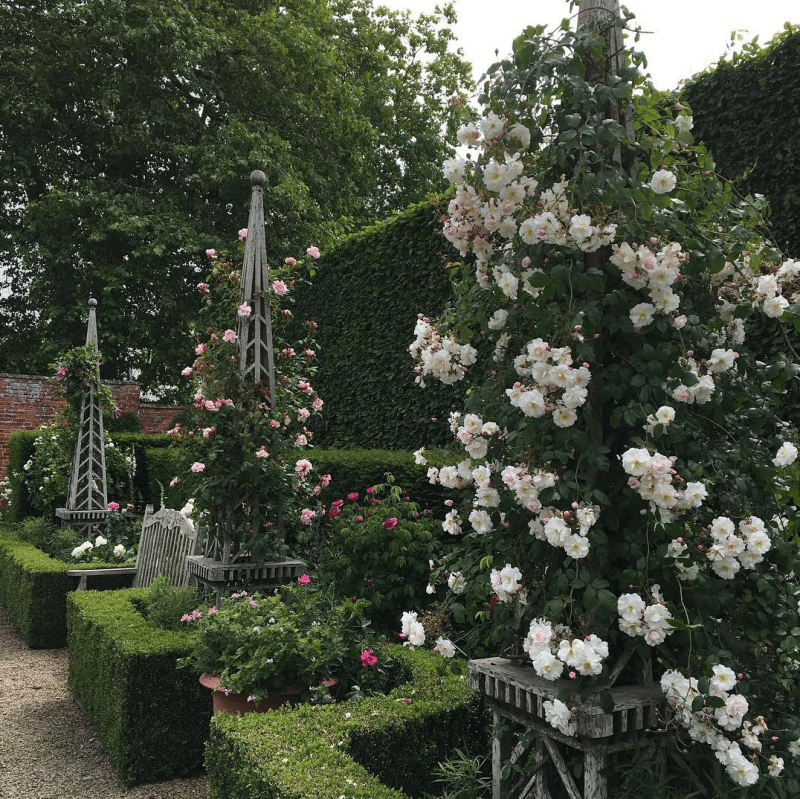
Q: I am absolutely in love with your Chinoiserie dining room in Wiltshire. What was your inspiration for this room, and what elements were utilized in its construction (mouldings, wall coverings, antiques, etc.)?
A: Chinoiserie Dining Room is my homage to the Brighton Pavilion! From the start of our business Altfield, we realized that fine contemporary versions of the antiques we were selling in our retail showroom could be made with talented Asian artists. I adore Chinoiserie, and one of the first things we did was set up a studio to do hand-painted watercolour panels and screens inspired by the China Trade of the 17th and 18th centuries. For many years I created artwork collections for private label retail clients in the US, and even worked with Scalamandre on a collection of fabrics/wallpapers some of which are still available. When we bought the house, I had a chance to put my passion for Chinoiserie into the house and the dining room became a canvas for me. Our workshop in China made the solid wood door toppings, chimney piece and mirror, and the lantern above the table while my artists created the scenic paper. I used antique Chinese bamboo furniture to accent the walls, and have a huge antique camphor wood cabinet at one end which is filled with linens. The English mahogany table has a set of chairs – all of them with arms, so everyone is comfortable and lingers at the table… Every meal in the room whether the simplest soup and cheese lunch, or a more formal dinner, is a joy and delight!
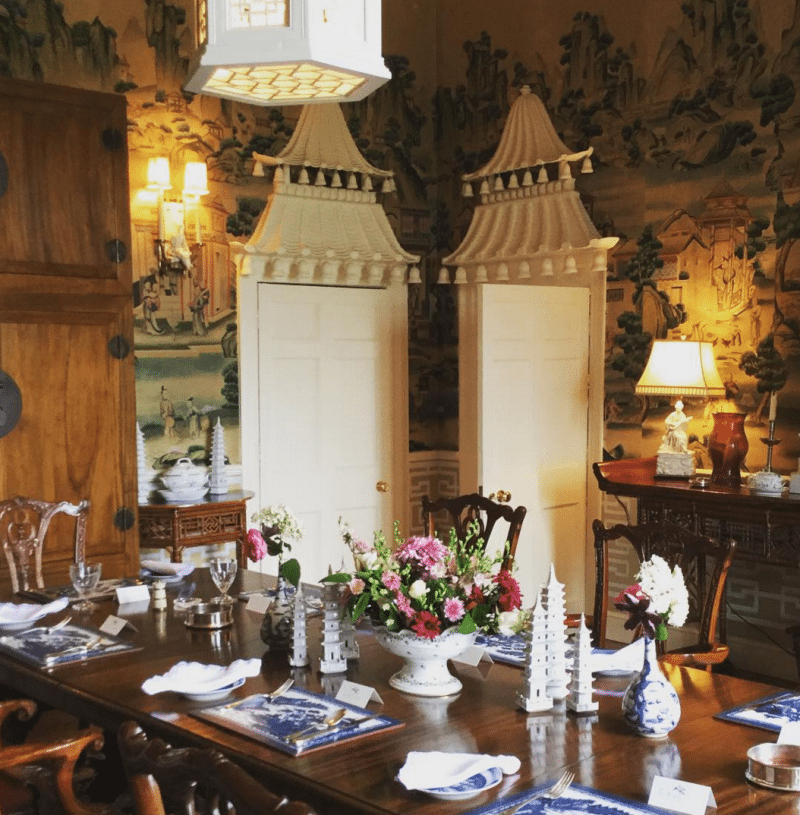
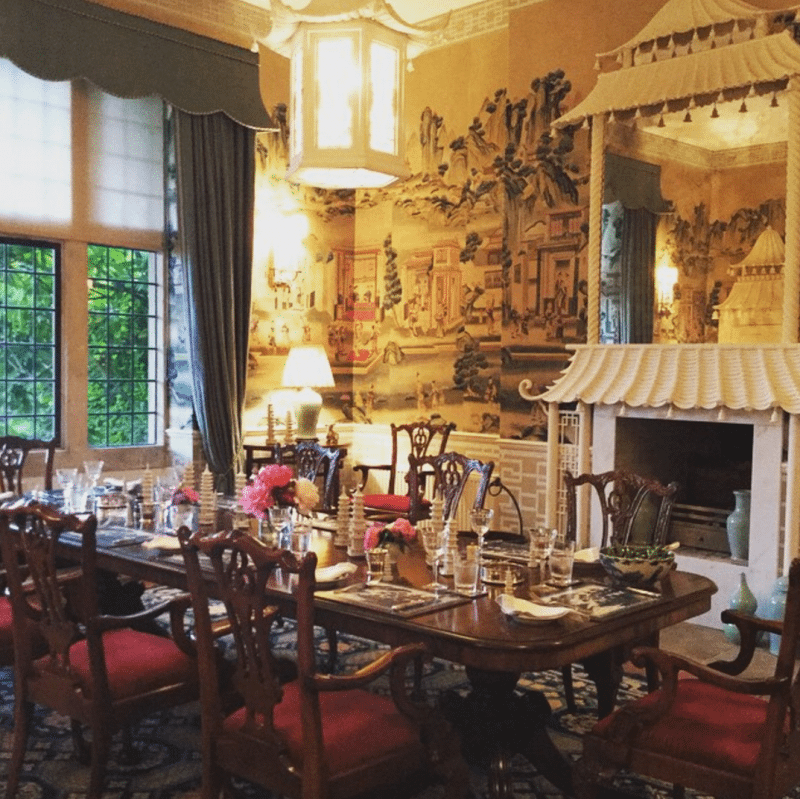
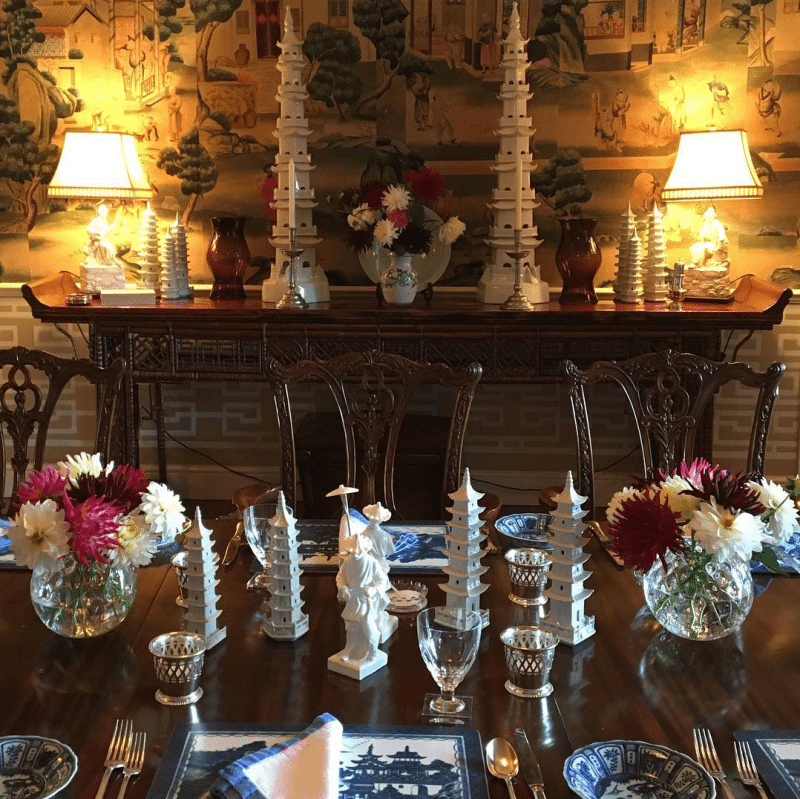
Q: What are five luxuries you simply could not live without?
A: a]June in England when the peonies and roses are in their first flush and it is heaven on earth! b] Access to nature wherever we are – it is true that God can be found in a garden c] Friends and family around the table sharing stories and breaking bread d] books and music e] pencil and paper
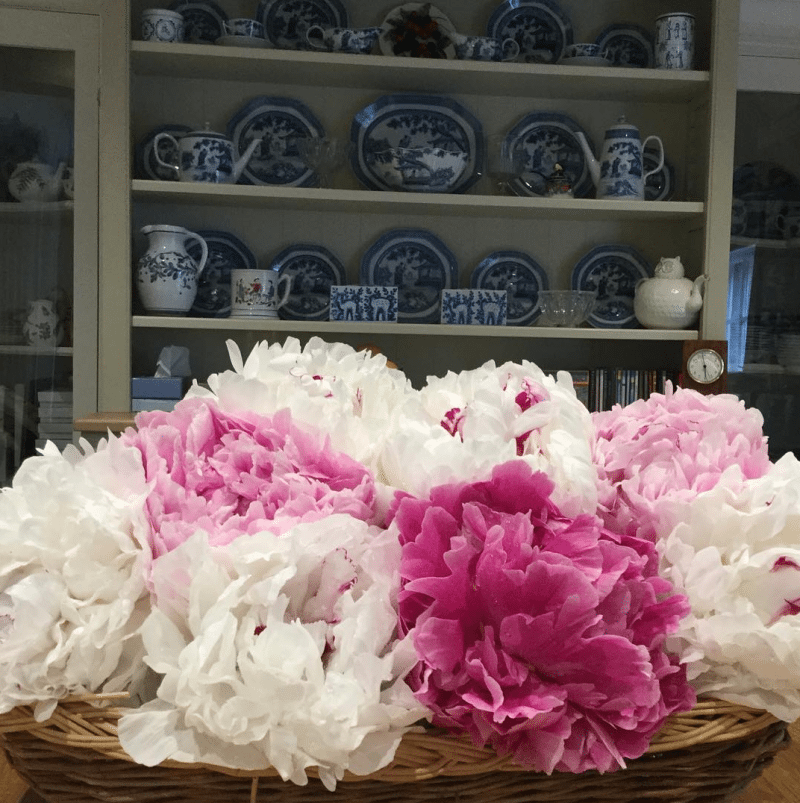
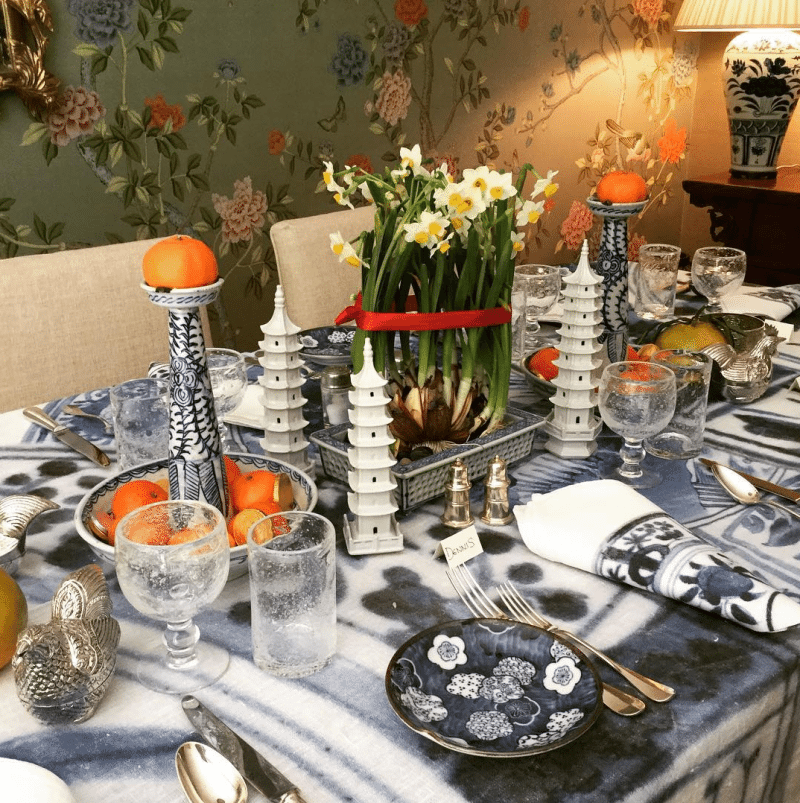
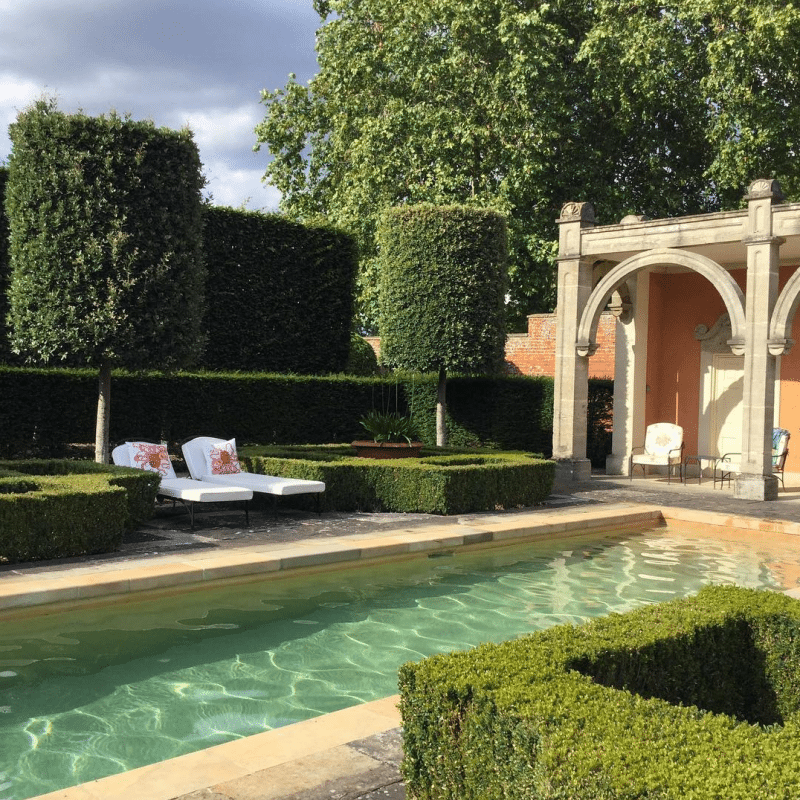
Q: How do you go about creating a beautiful life? In an increasingly hectic world, how do you embrace this beauty on a daily basis?
A: I learned early that you get out of life, what you put into it. I mentioned that my mother was stylish and I thank her for opening my eyes to the beauty that is all around us. It is the small things like laying the table beautifully for every meal – whether for one person or many. The effort is always worth it. Also I don’t believe in putting things away in cupboards for ‘best’ occasions, use your lovely china or glasses, enjoy them daily, make every cup of coffee special by using a lovely cup, it all adds up to a stronger sense of enjoyment. I would also say bring nature inside too. It calms us down and gives joy. Whether it is just some greenery from a shrub or one perfect flower, just something natural will automatically make a space seem happier. Put on the music and turn off the digital devices….easy to say, difficult to do, but I realise that it is more and more important to just create space and empty time to sit and be – so am trying my best to get on top of that part of life! I am also lucky that my husband enjoys cooking – and I have to say is a far better cook than me. Again, a little bit of effort pays off with the enjoyment of sharing good food. We are a little obsessed at the moment with Turkish and Lebanese food – and after our recent trip to Israel with their food also – one forgets that it has such a fabulous Mediterranean tradition. Stephen says if you eat something delicious three times a day, how unhappy can you really be! He is right! Make the effort, don’t just open a tin!
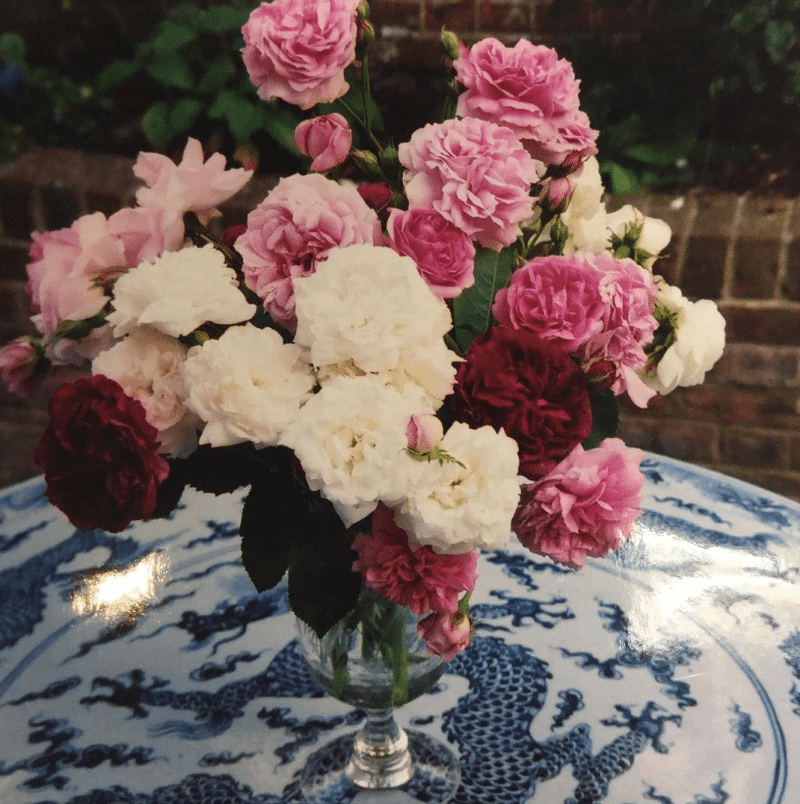
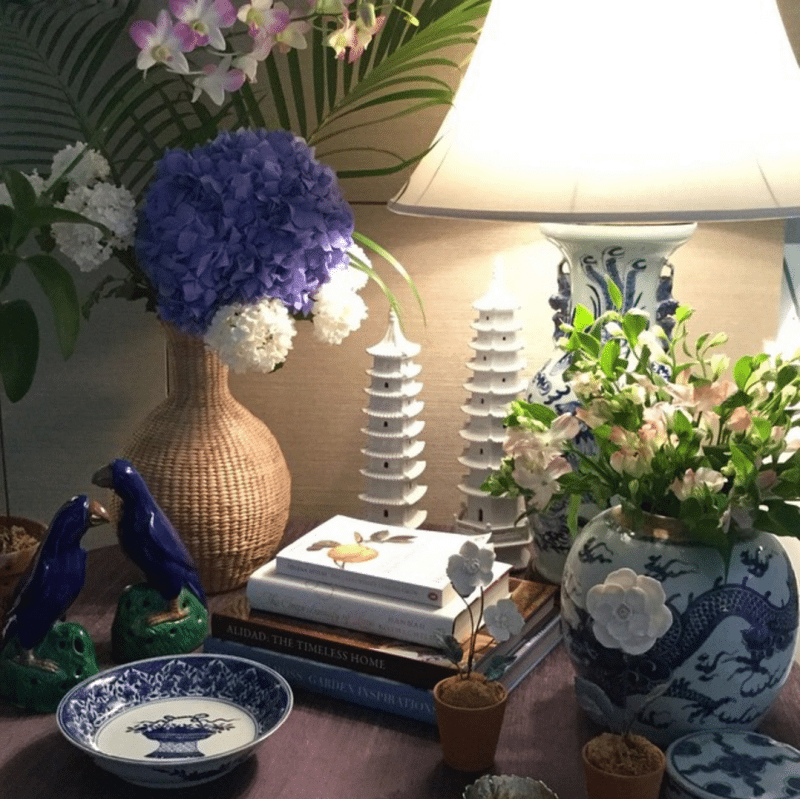
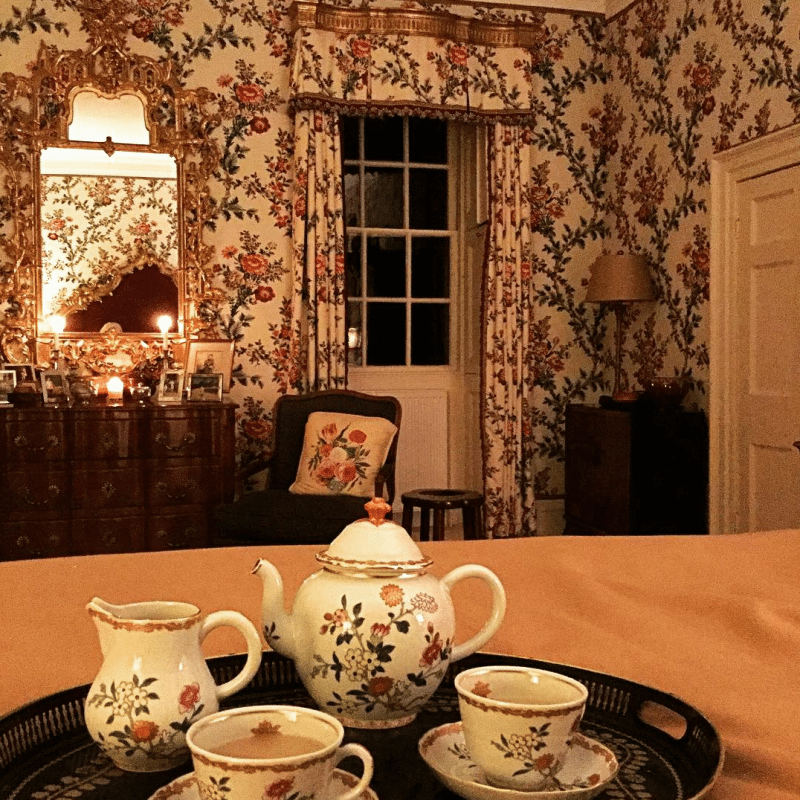
Q: Please tell me more about your favorite collections, including your blue and white and Chelsea porcelain.
A: As an antique dealer, a piece of advice I give to lots of young people starting to collect is to take it slowly, and buy things that really speak to you, and when possible buy the best of what you can afford…a few really special pieces is better than dozens of uninteresting pieces. That doesn’t mean expensive pieces, but pieces that you really love. You will then have them all your life. I remember when I got my first job, I came across some modern Japanese rice bowls at Peter Jones in London. I loved them! But I really had no money, so I went every week for five weeks and bought 2 bowls at a time, which was all I could afford. I still have them and use them often for soups and puddings. I love them as much today as I did then, and as much as some of the finest antiques I have ever bought. My blue and white collection started the same way and has built up over time. I mix it up, old and new as I think if the pieces are well painted they can mix perfectly well, but for the old pieces I have focused on collecting what is known as Kraak porcelains as a special period I particularly like; they were made for the export market in the Ming period, mostly being traded through Amsterdam and hence the name. I do have wide ranging tastes though and get just as much pleasure from a collection of a dozen or so old village style blue and white “fish” design pottery dishes, I use in our house in the country in HK. The price point doesn’t determine the pleasure that things give us!
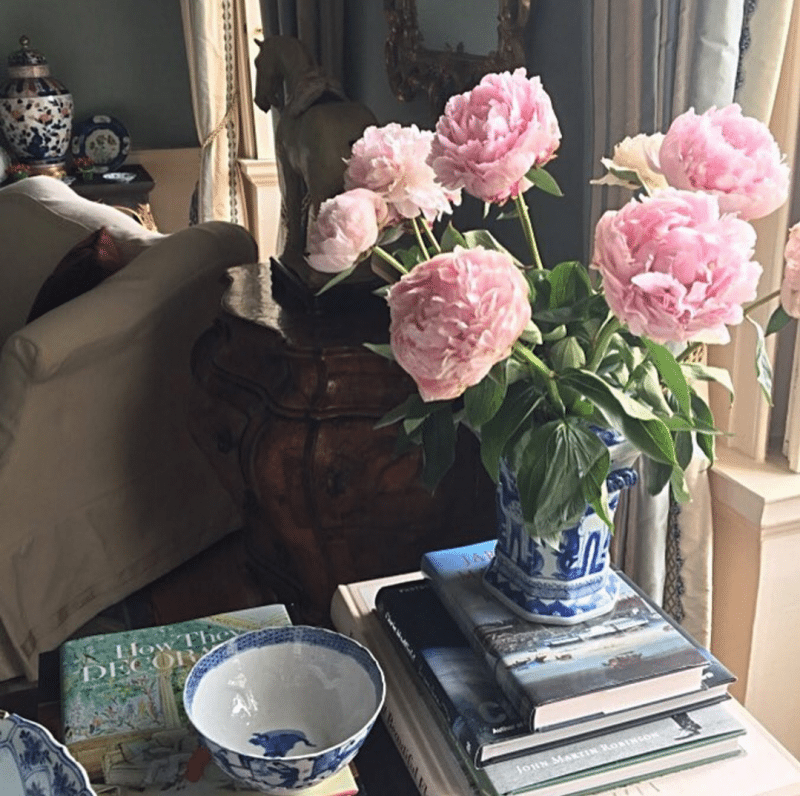
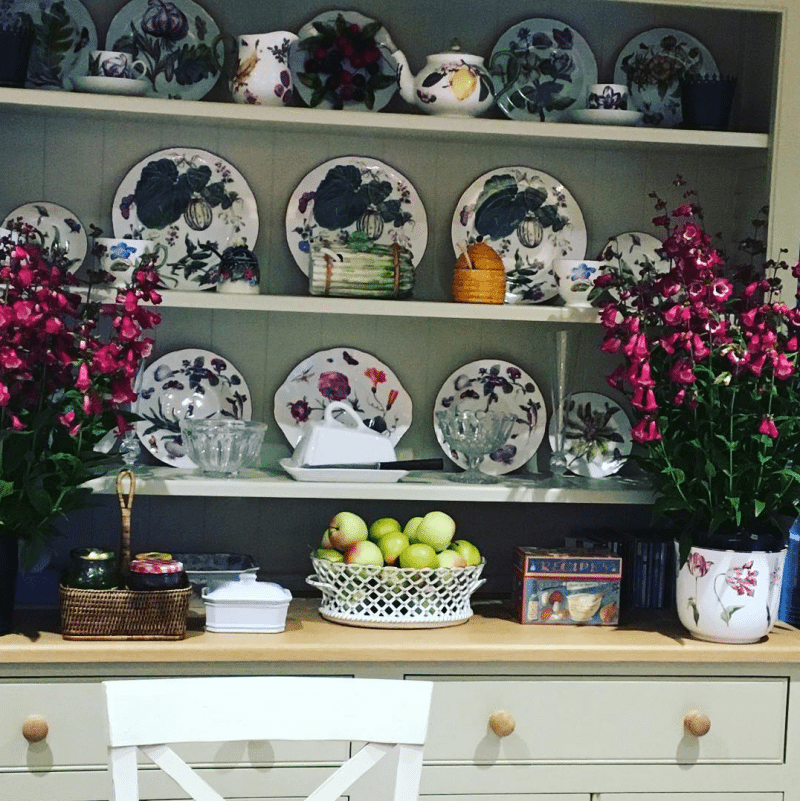
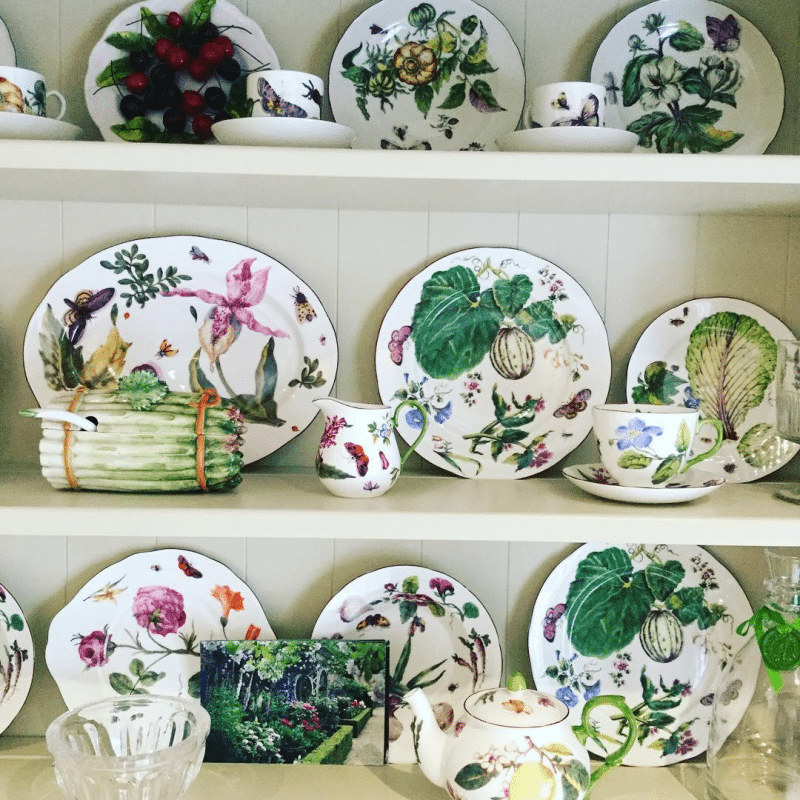
Q: What inspires your beautiful tablescapes and flower design?
A: I am mad about table settings – and have to own up to the fact that for many years we had a retail tabletop shop– I only gave it up when the interiors part of our business just became too large and serious to be distracted by lots of other things – which means I have bulging cupboards now of some of the unsold stock! I may be mad, but I just love laying a table and mixing up all the different elements that are to hand. Again, one of the most wonderful things about the American market in particular is that there is fabulous design available at every price point. Whether from Wallmart or Bergdorfs there are wonderful things on offer. I just discovered how fabulous the table ware and linens are at Zara Home for example. How I would have loved to have access to all that is now available when I was 20! My addiction began early, I remember doing without lunch for days to be able to buy a huge book by John Loring, of Tiffany Table Settings, back in the early 80’s – I must have studied every inch of every page a hundred times! It was SO inspiring… Now we are so blessed to have access through Pinterest and Instagram of a million images anytime we want, but perhaps we don’t look as long and carefully as we should…
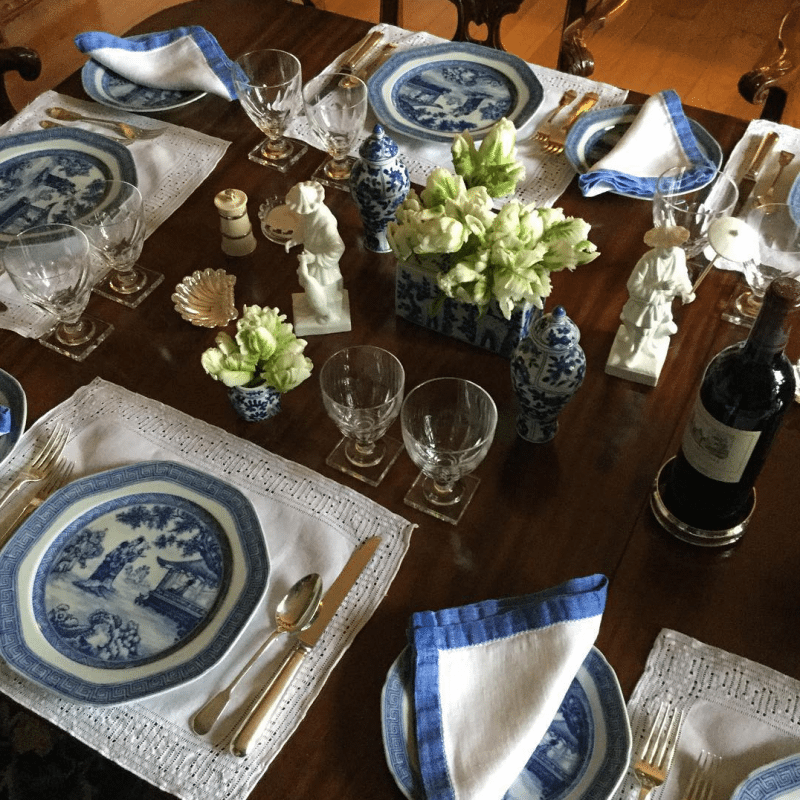
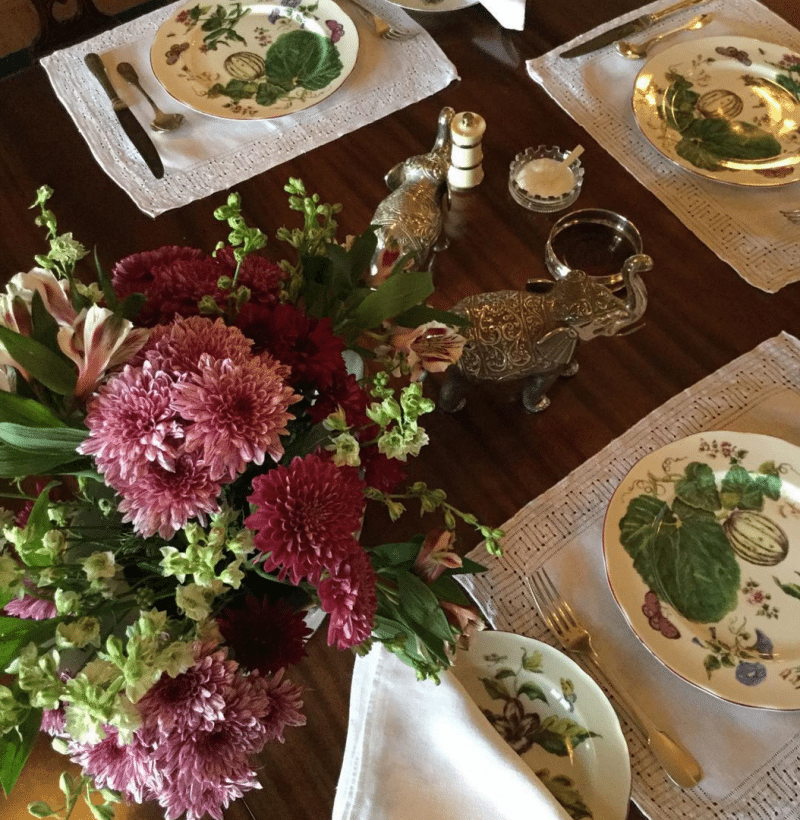
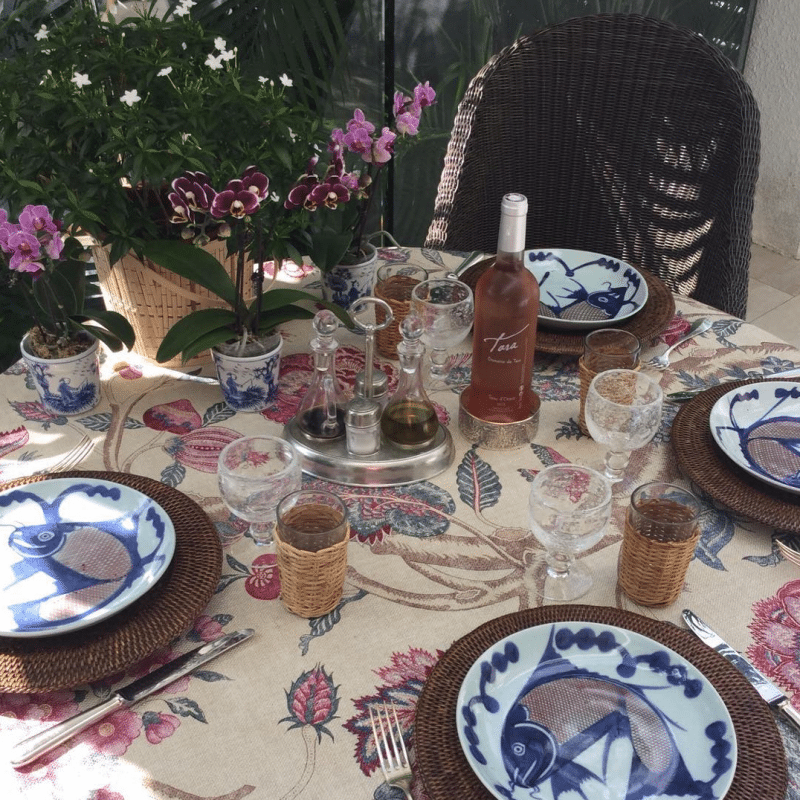
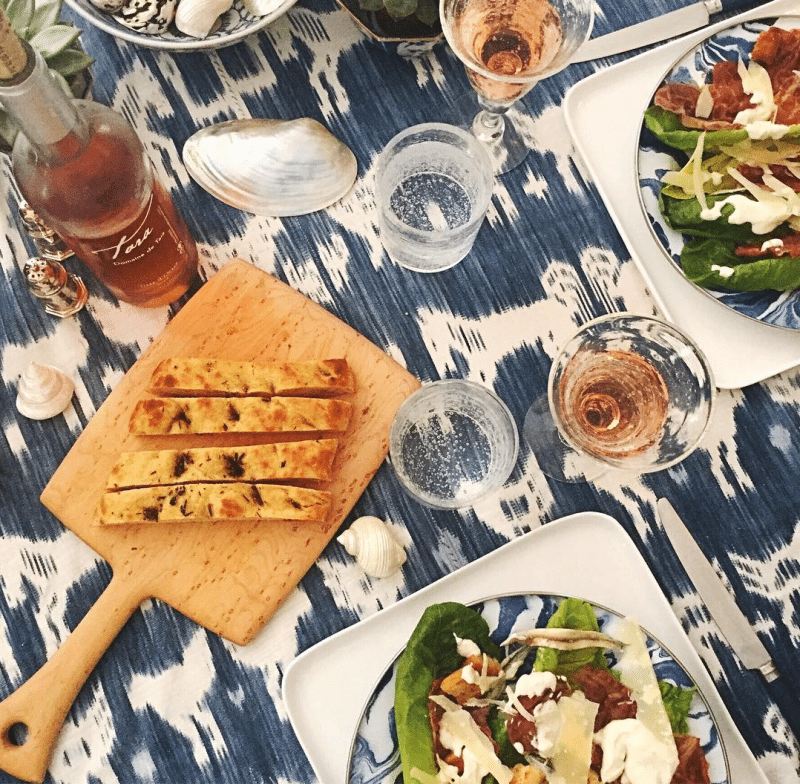
Q: You posted the most scrumptious salad Nicoise a while back. I would love the recipe!
A: The secret is that the herb dressing is HOT…. I cannot tell you how much difference that makes, it just Zings! Enjoy it!
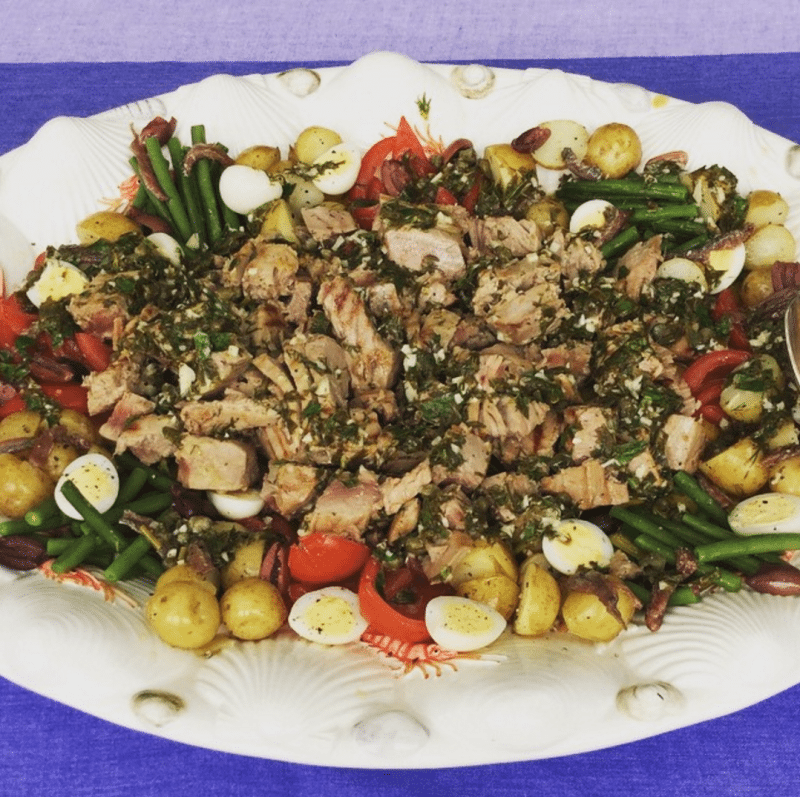
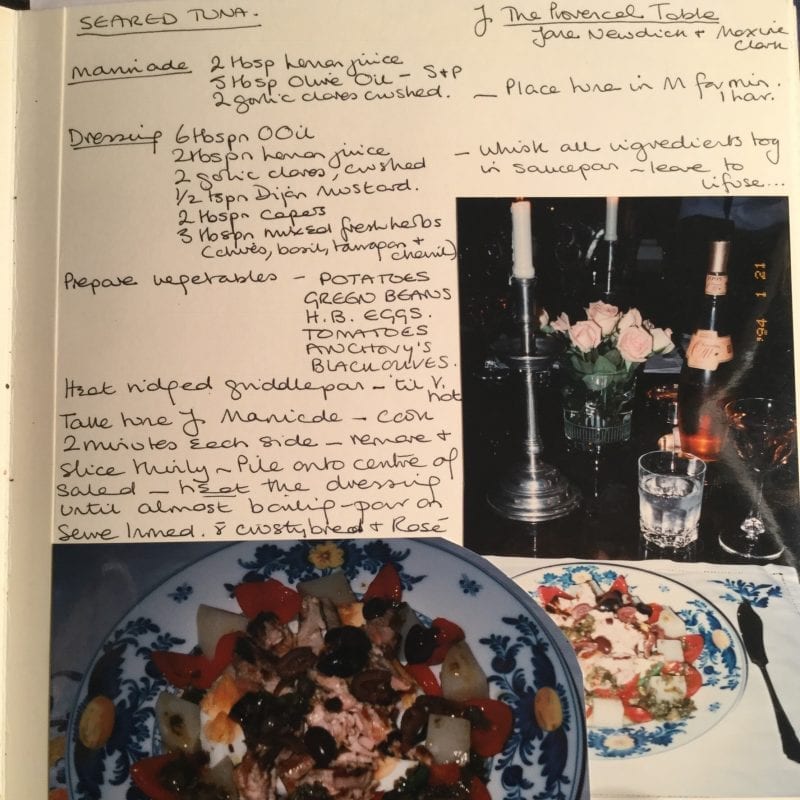
Q: Which designers and/or style icons most inspire you?
A: When I started out in the business, I really was inspired by some of the American/Californian designers such as Kaleef Alaton, whose mantle I think has been taken up by Michael Smith today. I was also greatly influenced by John & Elinor McGuire whose beautiful home at Stinson Beach was one of the most lovely modern homes I have ever visited… I love the way they all mixed the very best of classic Asian style in a modern glamorous way mixing fine antiques with natural fibers and textures such as lacquer and bronze and monochrome ceramics, all within contemporary architecture and layering it all in a new way. My own home in HK is very much a mixture in that idiom. Our English home being Georgian demands a different style and is much more chinoiserie [ a western fantasy of the East] and is European in flavor and colouring! It is amazing how the “place’ can determine what seems right and comfortable in terms of how to treat the space and decorate! For that more colourful and undeniably comfortable look I think both Charlotte Moss and Alessandra Branca are current day masters, in the US and my friend Emma Burns [of Sybil Colefax] and Paolo Mochino are similarly wonderful in London.
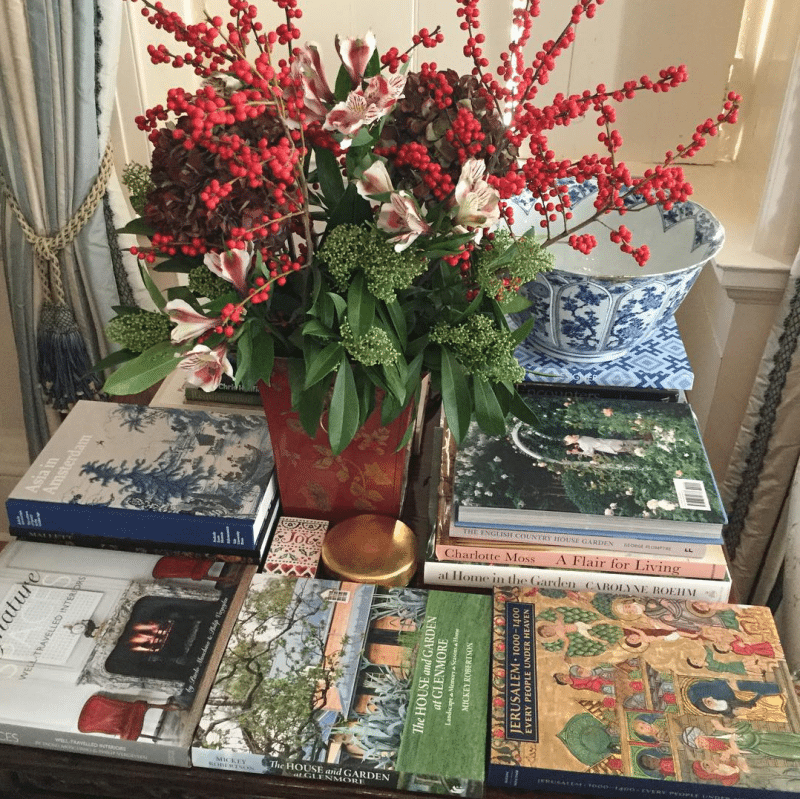
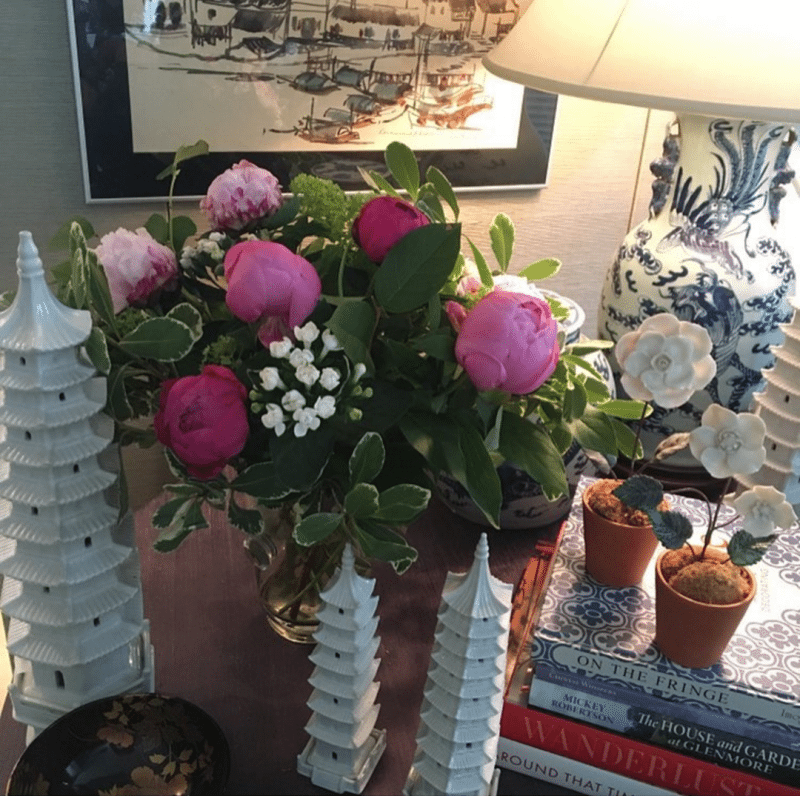
Q: What design advice would you give someone looking to create an elegant home that incorporates beautiful antiques?
A: Creating a home…..surely the best advice is “Take your time”. A stylish real home is built over time, with the slow accumulation of pieces, as you can afford them, which have meaning. Objects picked up when travelling. Books you have actually read. Don’t follow trends, actually buy things that resonate with you and really make your heart sing. If you buy well, you will have things for your whole life, and your possessions will reflect your life journey. It really saddens me that so many young people think a slick modern hotel room is the ultimate design statement – it’s meant to be an empty stage for you to slip into and out of. It is never meant to be a home, yet so many think that is “living”. Your home should reflect your interests and passions and be totally unique – it should reflect your own individual life…. We live in an amazing time in terms of access to information, affordable travel, incredible restaurants and hotels that give us extraordinary experiences and so on… but at the end of the day what we all really need is a place called home where the heart is really comforted and at peace, and friends and family to share it with. I remember reading somewhere [sorry cannot remember where!] that Churchill once said “All great things are simple; many can be expressed in a word, freedom, justice, honour, duty, mercy, hope….” to which they added beauty, friendship, family and love…. Which sums it all up pretty well I would say… In friendship, Amanda
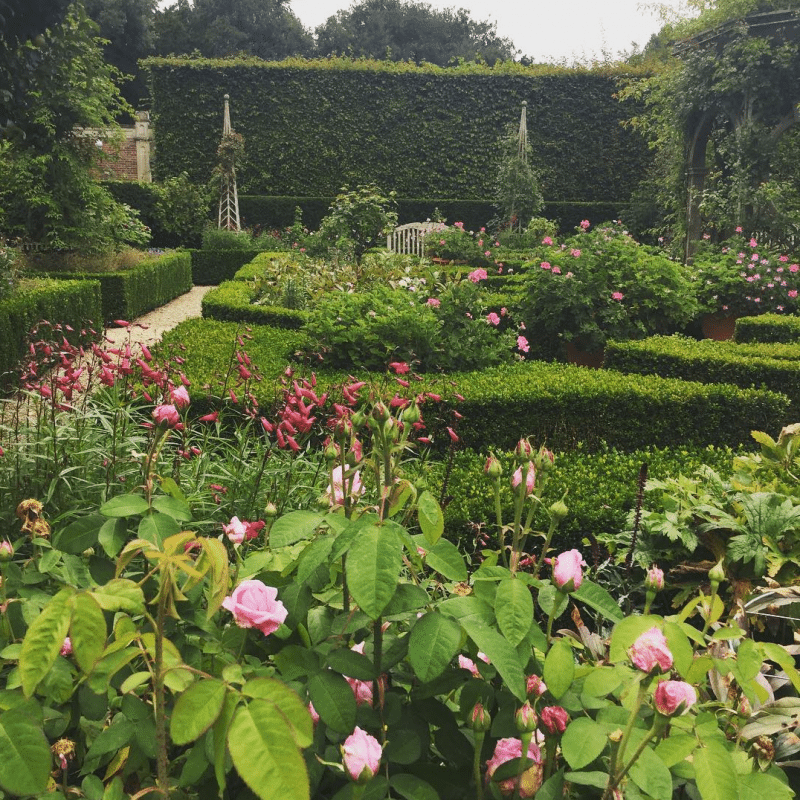
Thank you so much, Amanda for sharing with us this beautiful glimpse into your enchanted and fascinating world. You are truly an inspiration! To read more about Seend Manor, The Telegraph has written a lovely feature, and for daily inspiration, please follow @amandaseend via Instagram.



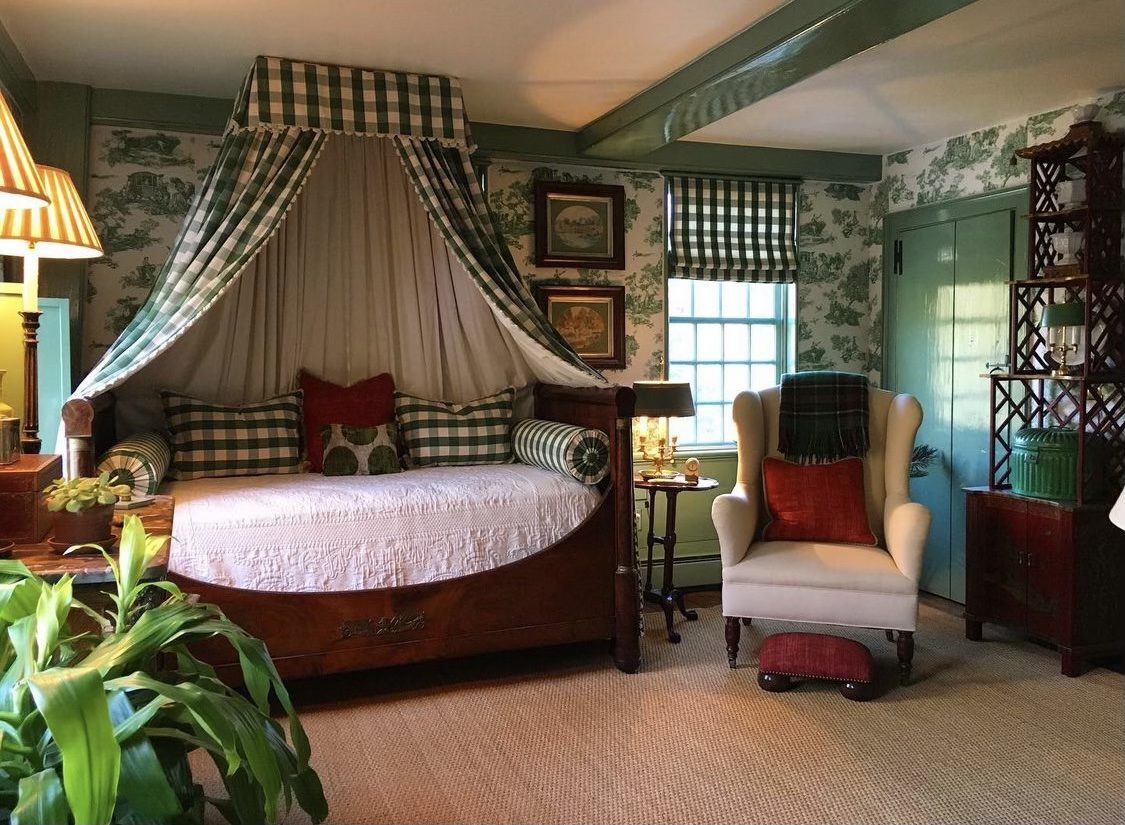


Heavenly! That dining room is so brilliantly conceived and executed. I have most of the same design books in my library – nice to see them ‘across the pond.’ She really has the best philosophy of life, and I share her outlook. Use your best things all the time – don’t save them. It makes every occasion special. And take the time to just “be”. We need that serenity, with all the negativity being thrown at us in the everyday world. Lovely home – lovely lady. How kind of her to share her world with us.
Thank you for sharing this gorgeous post !
Another Wow! Being comfortably raised in HK and England must have been wonderful. I do so enjoy her English manor. Oh and so many books so little time. Put the kettle on I would like to stop by and have a cuppa in a lovely old tea cup
A very informative post!
Holy moly! Those pagoda door toppers and that mantel + mirror are AMAZING! What an inspiration!
Lovely and loved the garden photos and share a love of table top design.
I live in Seend & Seend Manor is my all time favourite building in the village. I walk with my dog past the back of Seend Manor most days & dream what it would be like to have lived there in centuries past. I’ve never been inside of the Manor; the outside of this magnificent build is truly outstanding & maybe in another lifetime, I’ll be lucky enough to live there.